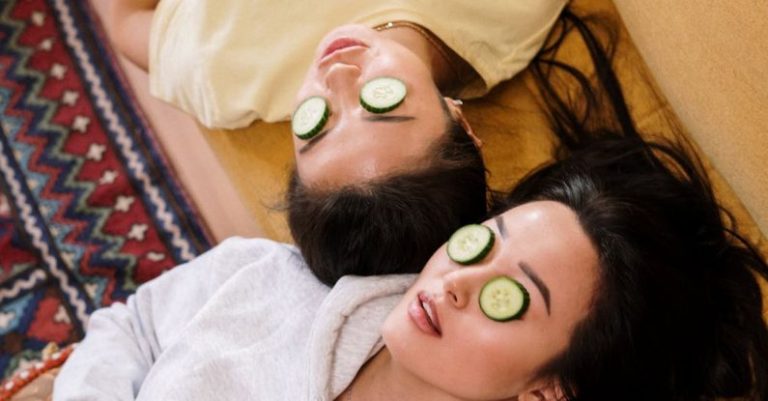Building a Composite Model Airplane: a Detailed Guide
Building a composite model airplane can be a rewarding and challenging project for aviation enthusiasts and hobbyists alike. Constructing a composite model airplane requires attention to detail, precision, and patience. In this detailed guide, we will walk you through the steps involved in creating your own composite model airplane.
Choosing the Right Materials
The first step in building a composite model airplane is selecting the right materials. Composite materials such as fiberglass, carbon fiber, and Kevlar are commonly used in model airplane construction due to their strength and lightweight properties. When choosing materials, consider the type of model airplane you want to build and the level of performance you are aiming for.
Preparing the Workspace
Before you begin constructing your composite model airplane, it is essential to prepare a clean and organized workspace. Clear a large, flat surface where you can work comfortably and have easy access to all your tools and materials. Make sure your workspace is well-ventilated and free from any obstructions that could interfere with your work.
Creating the Mold
The next step in building a composite model airplane is creating the mold. The mold serves as the foundation for the airplane’s structure and will determine the final shape and dimensions of the model. You can create a mold using various materials such as foam, wood, or even 3D-printed components. Ensure that the mold is smooth and free from any imperfections that could affect the final product.
Laying Up the Composite Materials
Once you have prepared the mold, it is time to lay up the composite materials. Start by cutting the fiberglass, carbon fiber, or Kevlar fabric to the desired shape and size. Apply a layer of resin to the mold and carefully lay the composite materials on top, ensuring that they are evenly distributed. Use a roller or squeegee to remove any air bubbles and smooth out the surface.
Curing the Composite Materials
After laying up the composite materials, the next step is to cure them. Curing involves allowing the resin to harden and bond with the composite materials, creating a strong and durable structure. Depending on the type of resin you are using, curing can be done at room temperature or with the help of heat lamps or ovens. Follow the manufacturer’s instructions carefully to ensure proper curing.
Trimming and Finishing
Once the composite materials have cured, it is time to trim and finish the model airplane. Use a sharp knife or scissors to trim any excess material and refine the shape of the airplane. Sand the surface to remove any rough edges and imperfections, ensuring a smooth and aerodynamic finish. You can also paint or apply decals to customize the appearance of your model airplane.
Testing and Flying
Before taking your composite model airplane for a test flight, it is essential to conduct thorough testing to ensure that it is safe and properly balanced. Check the control surfaces, electronics, and overall structure for any signs of damage or malfunction. Perform a few test flights in a controlled environment to adjust the trim and settings as needed before attempting more advanced maneuvers.
Taking Pride in Your Creation
Building a composite model airplane is a labor of love that requires dedication, skill, and attention to detail. By following this detailed guide and putting in the time and effort, you can create a beautiful and high-performance model airplane that you can be proud of. Enjoy the process, learn from your experiences, and most importantly, have fun building and flying your composite model airplane!






